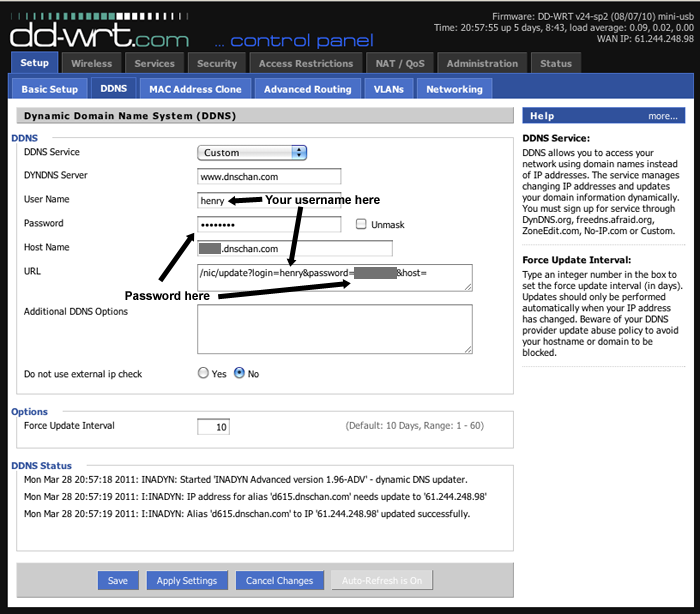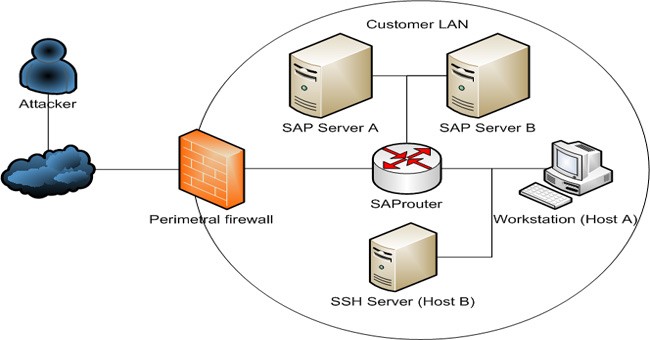
Install And Configure Sap Router Linux
Becoming an Affiliate enables you to offer your customers extra value. Your Affiliate link provides easy access to high-demand products and Nordstrom's legendary customer service. In turn, you'll receive a monthly commission check for all eligible sales generated by referring visitors to our site. 14 Best Clothing Affiliate Programs Tattoo Inspired Apparel (10% Commish). Meme Inspired Tees (20% Commish). Quality Leather Jackets (18% Commish). Vintage Leather Bags (10% Commish). Badass Streetwear (20% Commish). Personalized Socks & Ties (20% Commish). Graffiti T-Shirts ($5-$7 Commish). Fashion Affiliate Programs With High Commissions 1. Shopstyle Collective. Impact Radius.  As the designer and the fashion industry is growing at tremendous speed, so are the fashion blogs. There are many fashion bloggers out there providing valuable content to their users. They are monetizing their blog in one way or the other. No matter how many visitors you have the best way to monetize a fashion blog is by the affiliate programs.
As the designer and the fashion industry is growing at tremendous speed, so are the fashion blogs. There are many fashion bloggers out there providing valuable content to their users. They are monetizing their blog in one way or the other. No matter how many visitors you have the best way to monetize a fashion blog is by the affiliate programs.
SAP Router - Installation and Configuration in Linux and Windows
Step 1. Download newest version of SAPCAR, SAProuter xx.SAR and Cryptographic library from SAP Service marketplace https://support.sap.com/en/tools/connectivity-tools/saprouter.html
Step 2 . Create a sub-directory saprouter in the location
For Windows : <drive>:usrsap {i.e. E:usrsapsaprouter}
For Linux : /usr/sap {i.e. /usr/sap/saprouter}
and save all the SAR files (Downloaded in Step 1) in this directory.
Step 3 .
Extract all SAR files using the command
SAPCAR.EXE -xvf <path of SARfilexxx.sar>
Example
Now, you have all required files and binaries in /usr/sap/saprouter
Step 4.
Set the the environment variable :
Windows :
SECUDIR=drive:usrsapsaprouter
LD_LIBRARY_PATH=drive:usrsapsaprouter
SNC_LIB=drive:usrsapsaprouterlibsapcrypto.so
Linux :
SECUDIR=/usr/sap/saprouter
LD_LIBRARY_PATH=/usr/sap/saprouter
SNC_LIB=/usr/sap/saprouter/libsapcrypto.so
Step 5.
Go through this link https://support.sap.com/en/tools/connectivity-tools/saprouter.html
to Generate the SAProuter certificate.
Click on Apply Now Icon as shown in below mentioned figure.
Step : 6Generate certificate request at OS level using the command sapgenpse
-> sapgenpse get_pse -v -r certreq -p local.pse 'your DN'
Example Command :
sapgenpse get_pse -v -r certreq -p local.pse 'CN=hostname, OU=0000123456, OU=SAProuter, O=SAP, C=DE'
It will ask for a PIN enter the PIN and then press Enter.
Sample Output of Previous Command:
Got absolute PSE path '/usr/sap/saprouter/local.pse'.
Please enter PSE PIN/Passphrase: ****
Please reenter PSE PIN/Passphrase: ****
!!! WARNING: For security reasons it is recommended to use a PIN/passphrase
!!! WARNING: which is at least 8 characters long and contains characters in
!!! WARNING: upper and lower case, numbers and non-alphanumeric symbols.
Supplied distinguished name: 'CN=hostname, OU=000123456, OU=SAProuter, O=SAP, C=DE'
Creating PSE with format v2 (default)
succeeded.
certificate creation.. ok
PSE update.. ok
PKRoot.. ok
Generating certificate request.. ok.
Certificate Request:
Signed Part:
Subject: CN=hostname, OU=000123456, OU=SAProuter, O=SAP, C=DE
Key: rsaEncryption (2048 bits)
Attributes: None
Signature:
Signature algorithm: sha256WithRsaEncryption (1.2.840.113549.1.1.11)
Signature: <Not displayed>
As an Output this command creates certreq file .
Open the certreq file in any text editor. Now copy the content of this file and paste into the text box below the heading Insert the Certificate Signing Request . You will get that window after Click on Apply now as mentioned in above picture.
Step 5 (Refer below mentioned figure)
Now Click on Request Certificate .
You will get the certificate on the next screen in similar text field but the text
will look like
-----BEGIN CERTIFICATE-----
MIIIdAYJKoZIhvcNAQcCoIIIZTCCCGECAQExADALBgkqhkiG9w0BBwGggghJMIIDB
.
.
.
.
.
cGl17YC0GOnY8Ms3Hh6SWCdKLjmmsNg1Ya9k7ZeQE2bu08MACw7LD0pmp1sYfSXst
vMHJzvtpEZnH8RkYCvmyGbAKTbNuMQA=
-----END CERTIFICATE-----
This is your new certificate save as the whole content into file named as srcert
Step 7 : Import the certificate
Run the following command to import the certificate
->sapgenpse import_own_cert -c srcert -p local.pse
Run the following command to get the information such as Issuer, S.no, Validity etc
-> sapgenpse get_my_name
Step 8 : Need to create the user credential for who will administer the sap router
->sapgenpse seclogin -p local.pse -O saprouter
This will create the file cred_v2
Step 9:Start and Stop of Sap Router
Command to start the SAProuter :
-> saprouter -r -G routerlog -S 3299 -K 'p:CN=hostname, OU=0000123456, OU=SAProuter, O=SAP, C=DE'
Command to start the SAProuter :
-> saprouter -s
Go to your dev space and navigate to Service Marketplace. Filter by conn and choose connectivity. On screen Service: connectivity - Instances choose New Instance. Choose lite as service plan and choose Next. On the next screen, choose Next. On the next screen you can assign this service instance to an application.
We are aware of the process to reset SAP* user in other SAP databases such as Oracle, MSSQL, Sybase etc.
This Blog contains the information to get the sap* user unlocked when your are running SAP on HANA database.
Step 1. Get the DB schema name. Login to SAP system and then
Go to System -> Status
Pick up the schema user and schema name as shown above.
Here Schema name and user name is SAPABAP1
Step 2. Login to HANA studio with SAPABAP1 as a user name
Right click on Database Connection and click on '
 Open SQL Console'
Open SQL Console'b. Run Update query to Unlock the user by resetting the UFLAG
update usr02 set uflag=0 where mandt='000' and bname='SAP*'
This query will unlock the user SAP* user in client 000
You can do the same for other client or user
c. Run delete query to delete the user SAP* from Client 000
delete from 'SAPABAP1'.'USR02' where bname = 'SAP*' and mandt ='000'
Step 4. (Optional) This is for the users who has opted for deletion
Set the value of parameter login/no_automatic_user_sapstar to 0 and restart the SAP instance.
You will be able to access SAP* through pass as a password.
Feel free to contact for any question and concern.